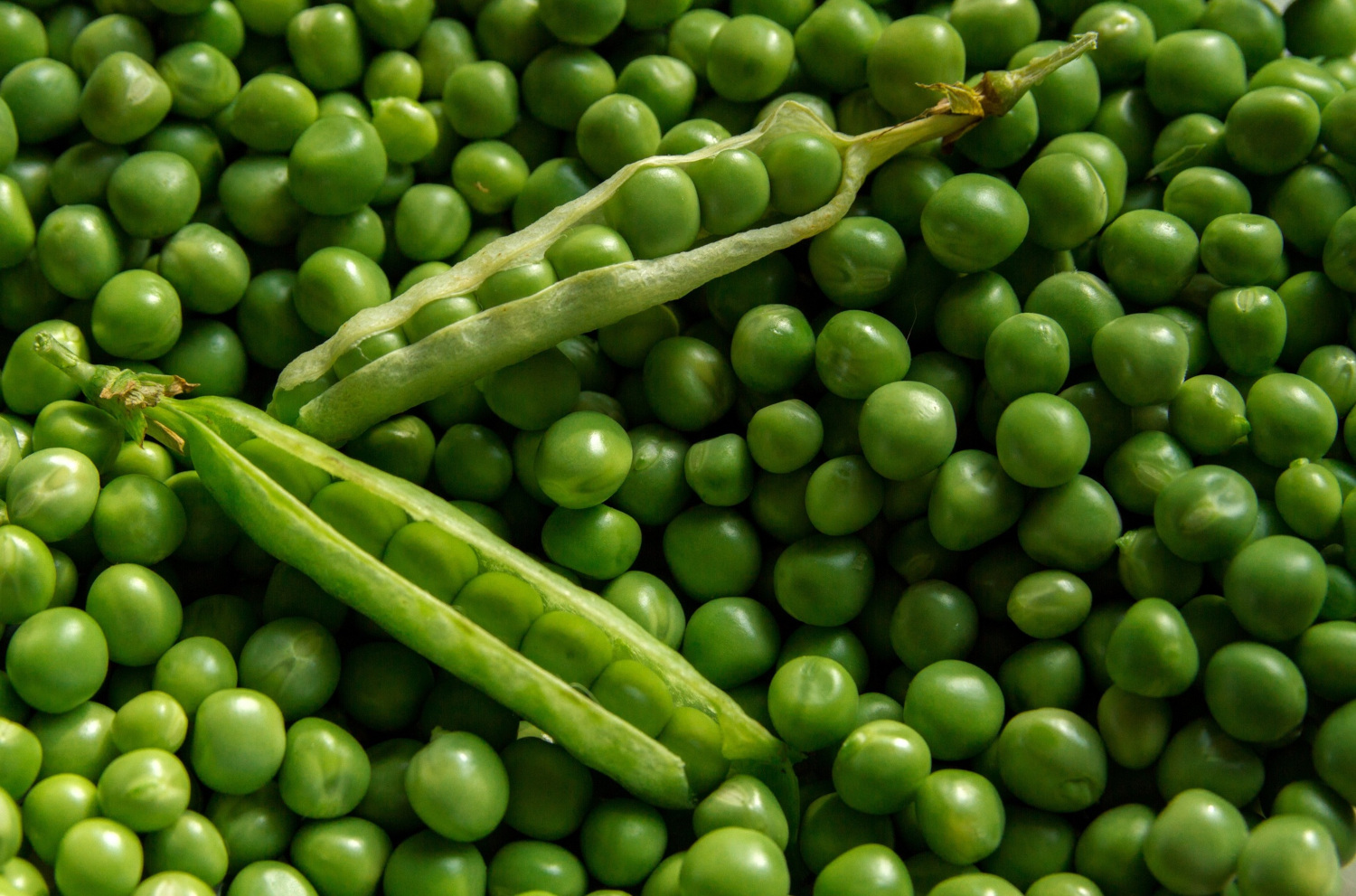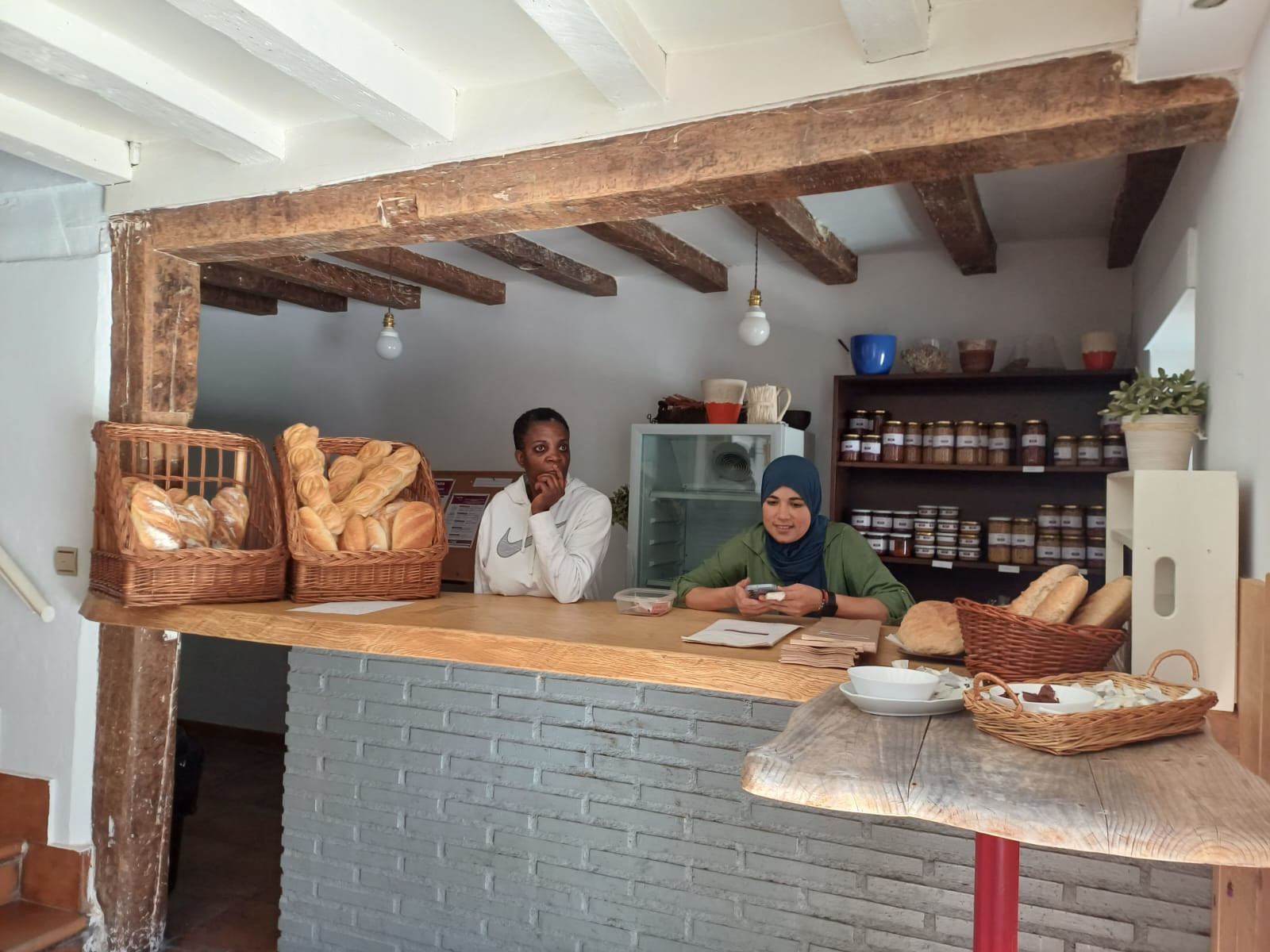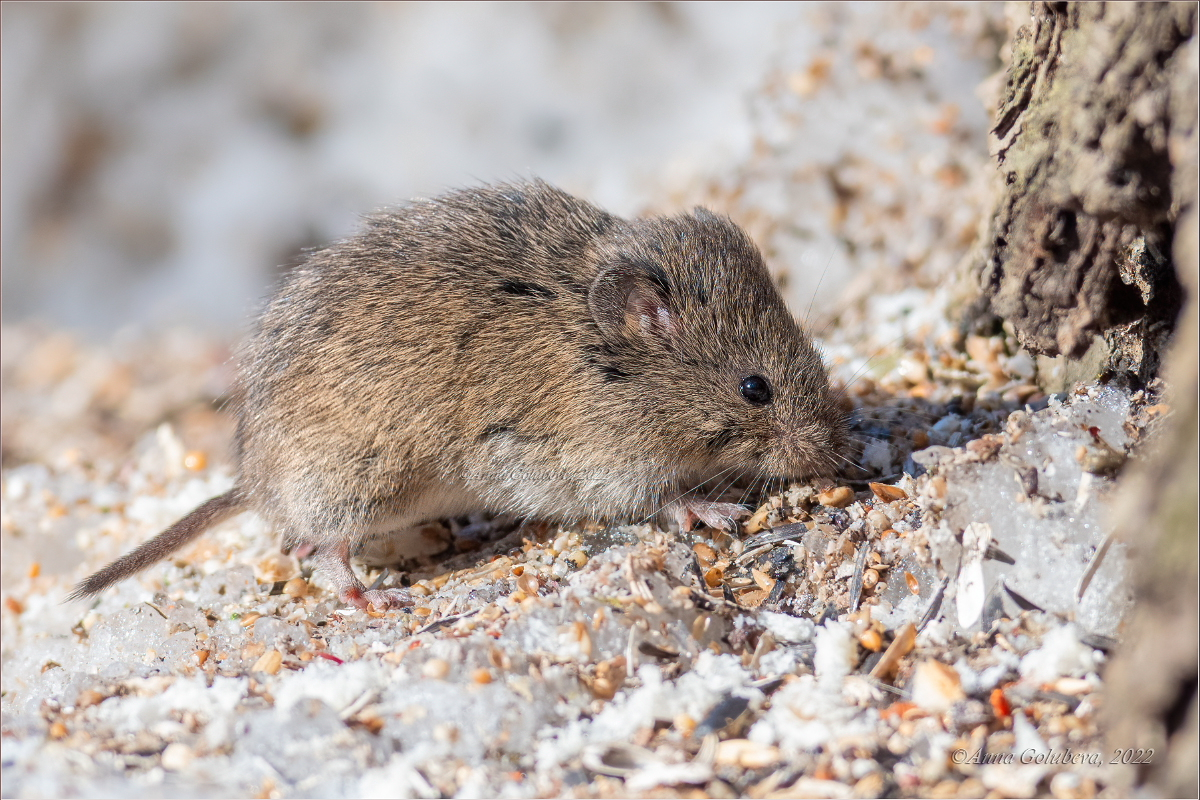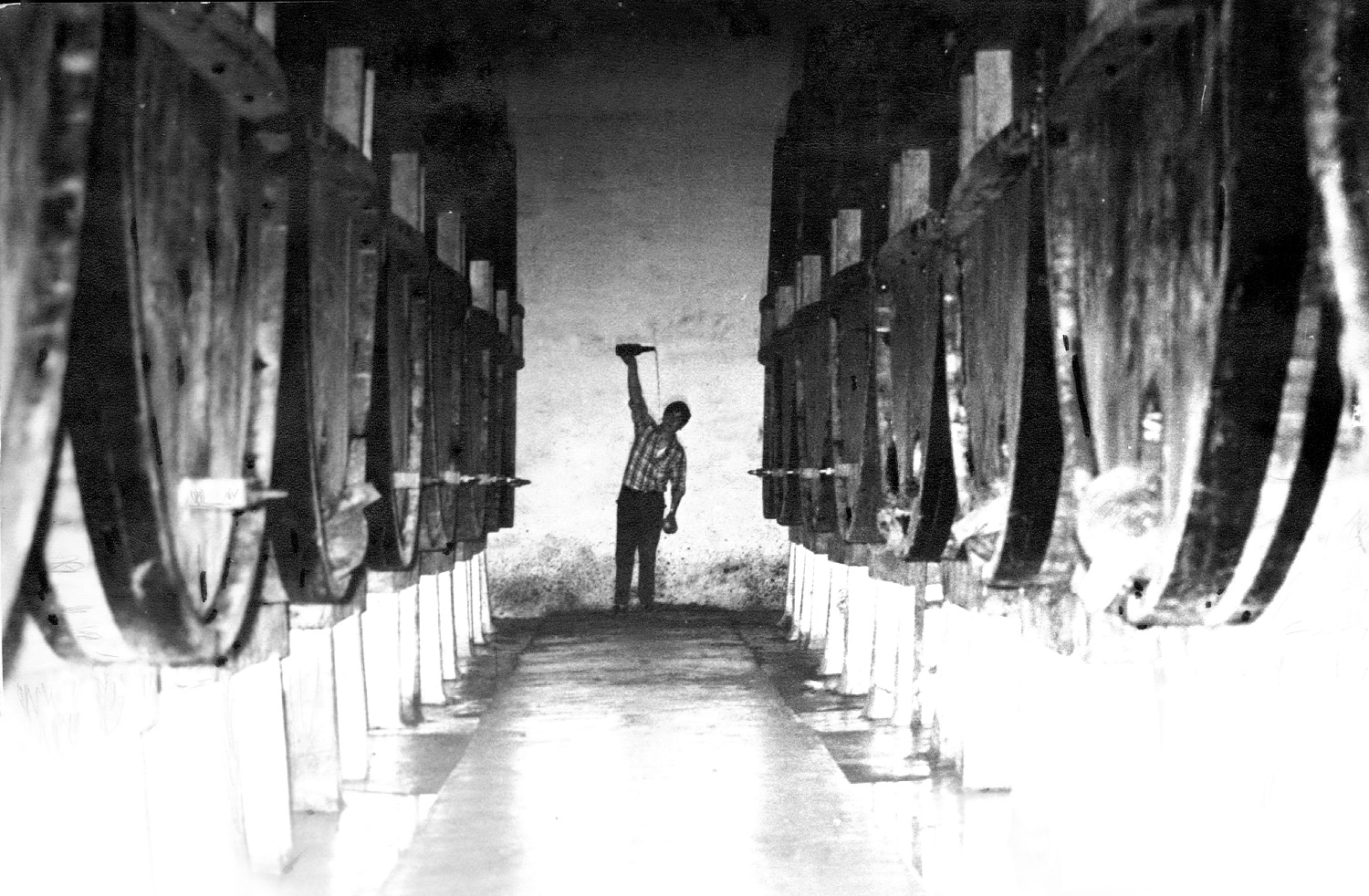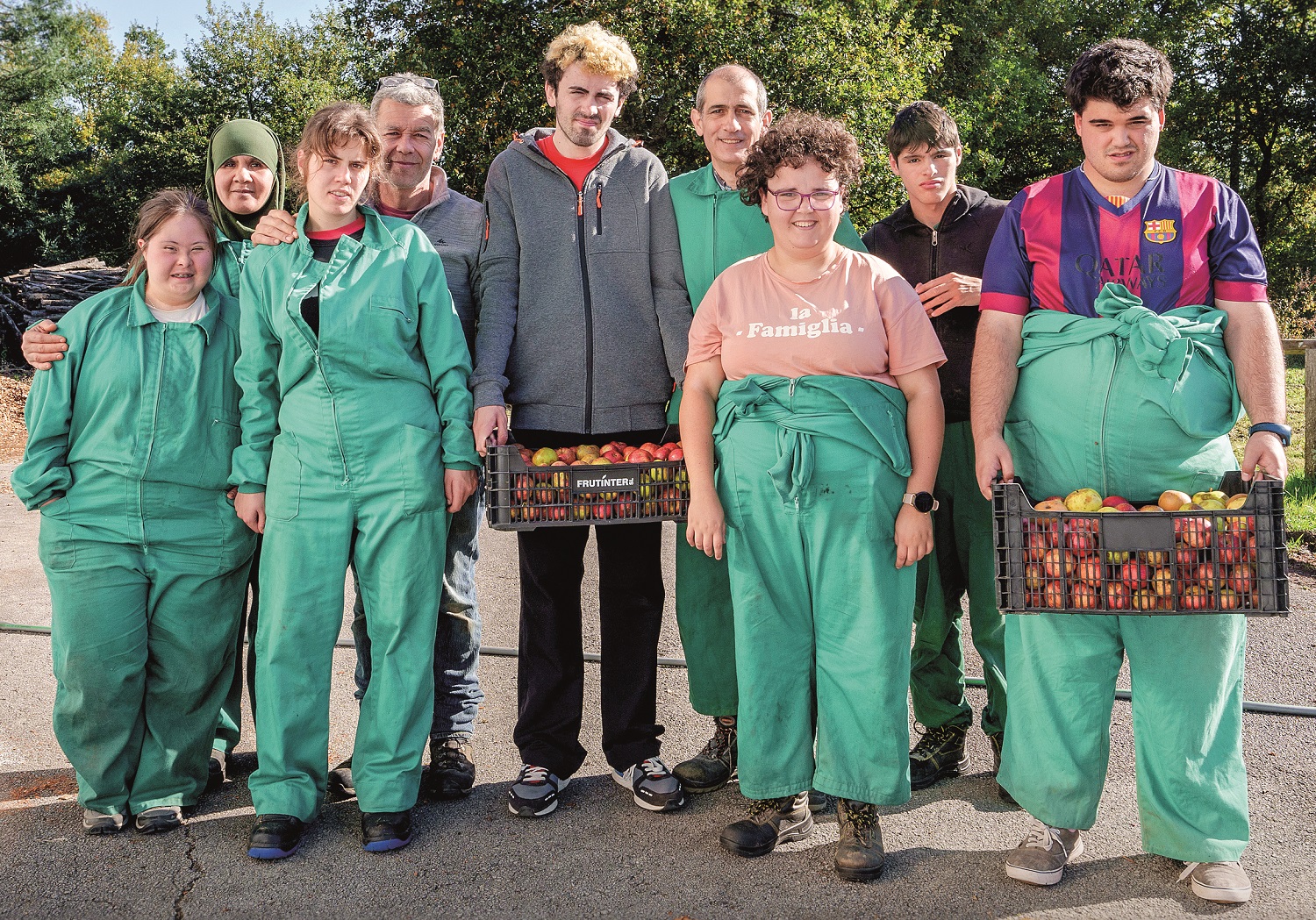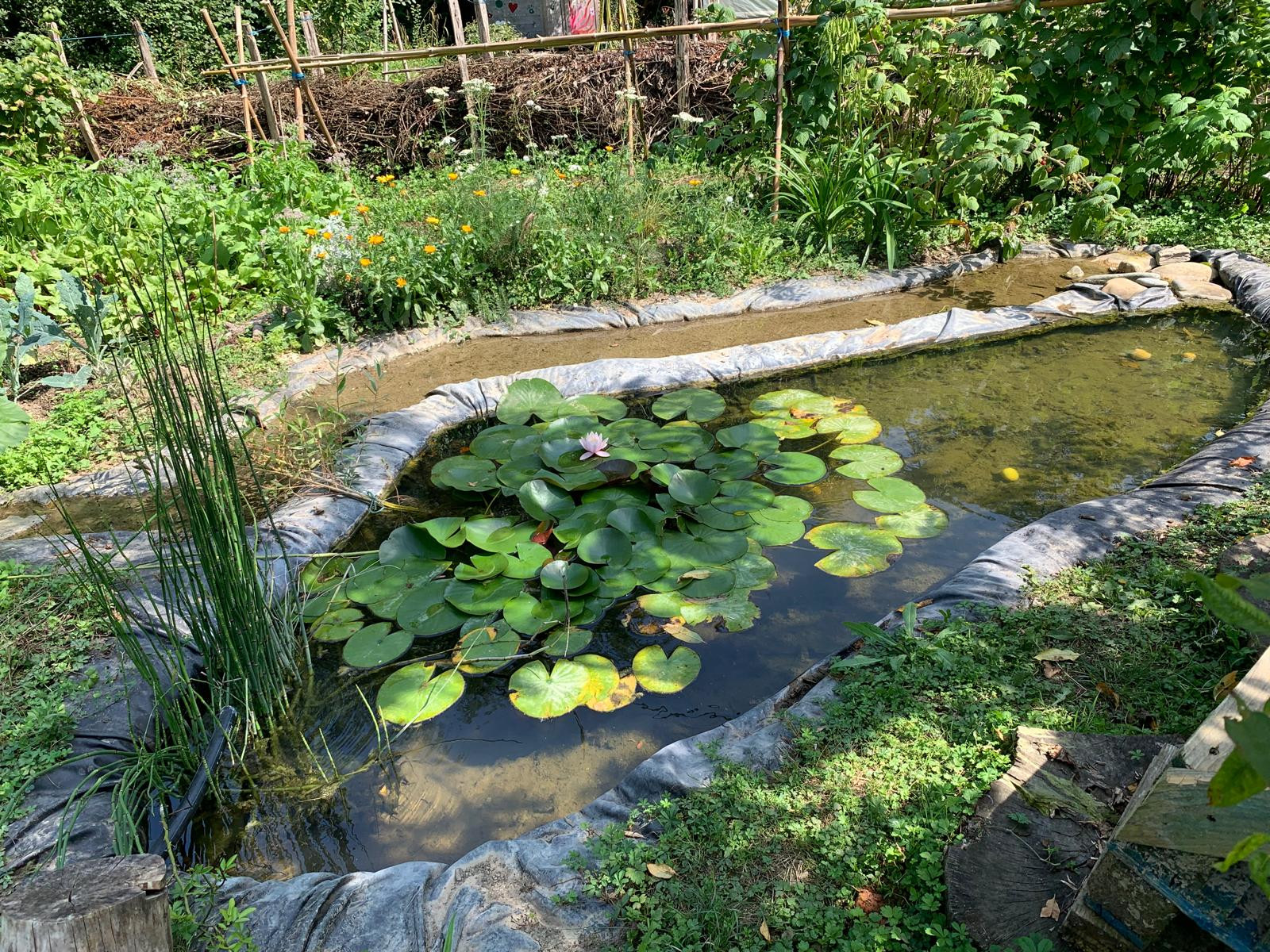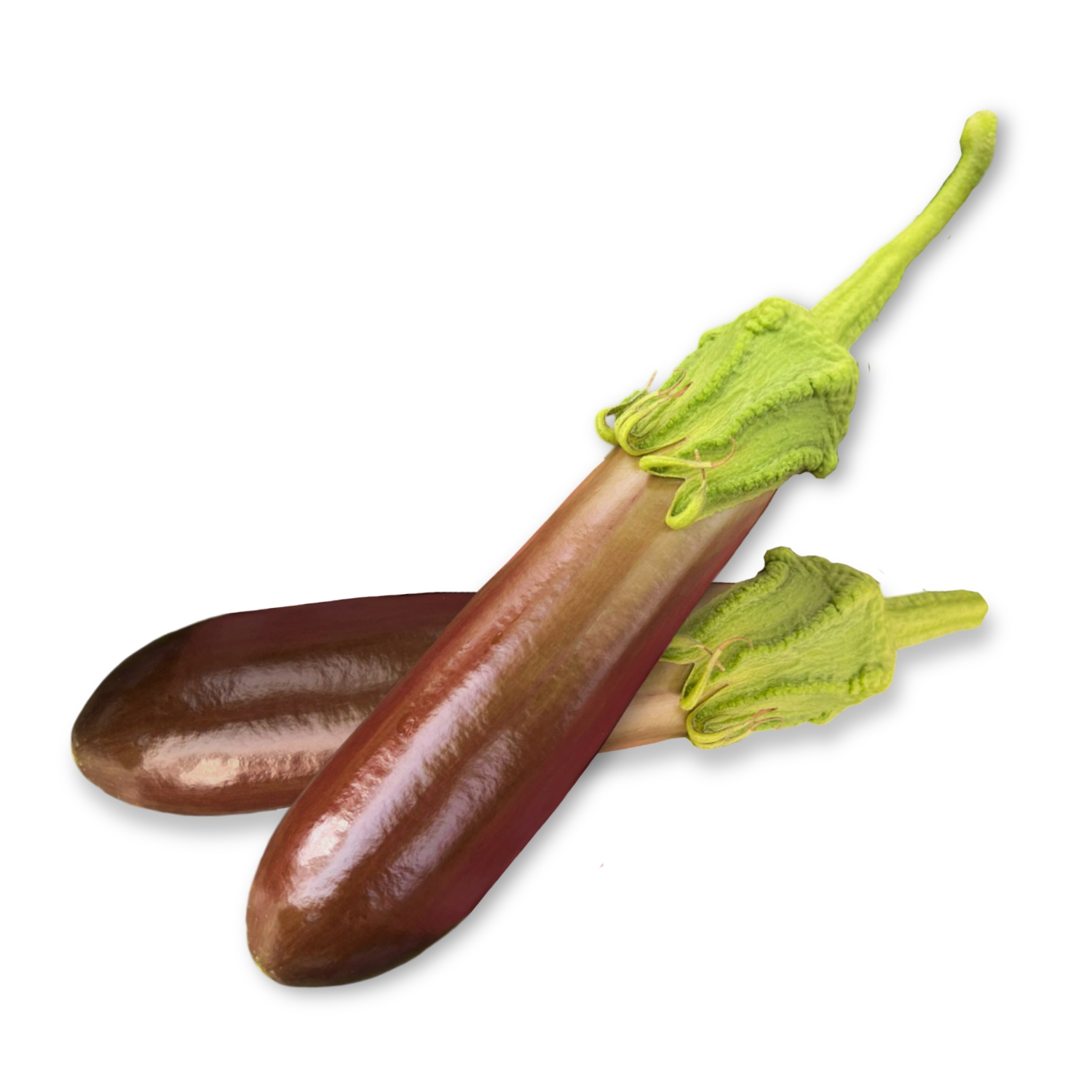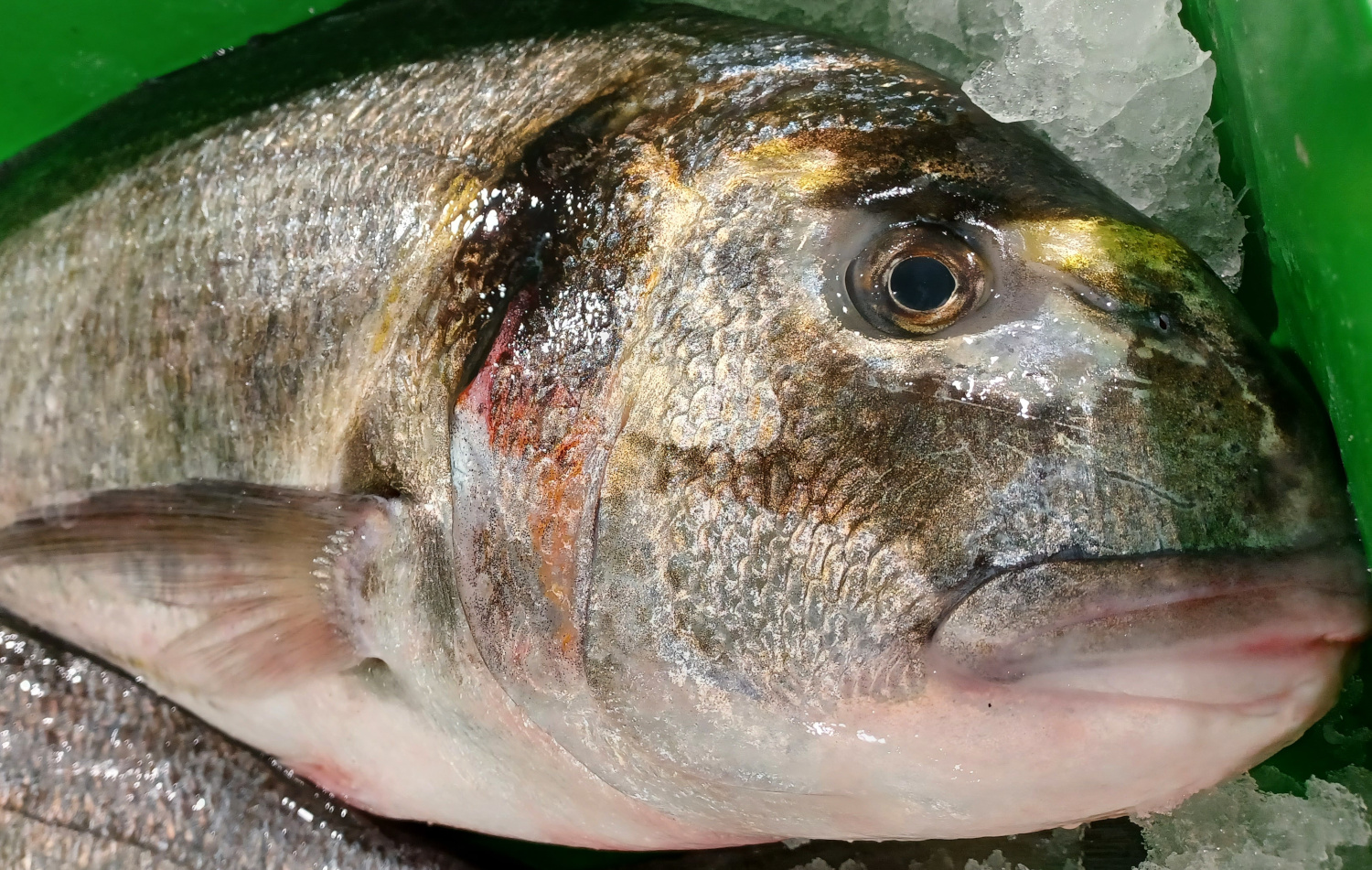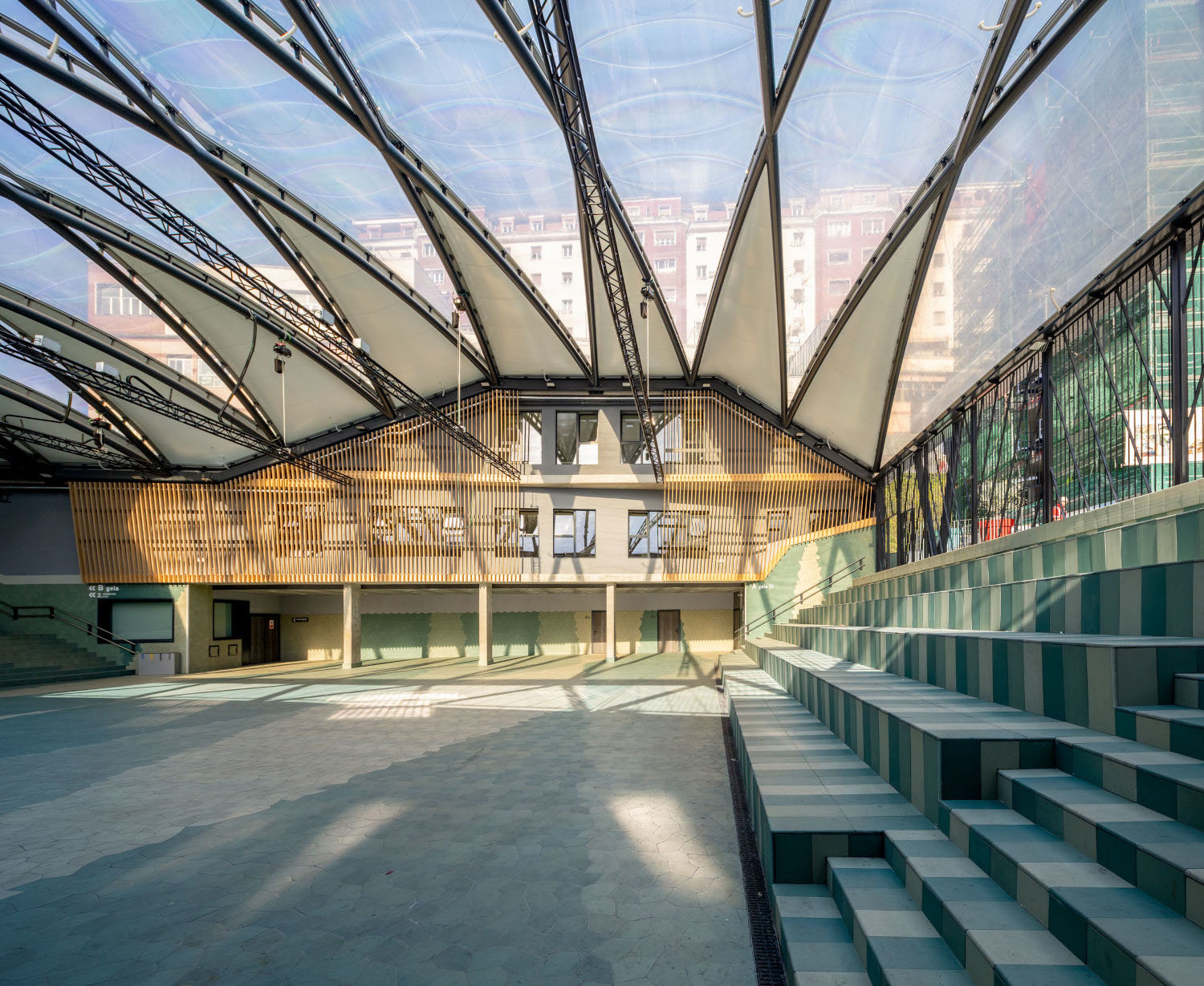The perversity of being blue
- There are many flowers that beautify the summer. These include the Urrelilia (Chrysantemum spp. Tulipa spp. ), carnation (Dianthus spp. ), pink (Rosa spp.) and Dahlia spp. ). The Dalias are the treasure of late summer, which add extraordinary joy to an era of few floral colors. In the dalias you will find oranges, red, yellow, white, blue, black, roses and many blends of them, but there will always be a color: blue. With pink, the same thing happens: there's no blue rose.

It's hard to find very blue colors in nature as well as in animals. In plants the color is very scarce and although we can find it in some flowers, in the leaves and in the fruits it is almost impossible. David Lee, retired professor at the Department of Biological Sciences at Florida International University of Miami and author of the book Nature Palette: Science of Plant Colors says: “Blue is a rare color in nature... Less than 10% of the 280,000 flowering plant species are blue.”
The determination of flower color is a direct consequence of the pigments generated by the plant and its collaboration. The color is due to a complex association of chemically related pigments: calconas, aurons and anthocyanins. They are part of the huge amount of compounds generated in plants. Anthocyanin itself provides the colors surrounding the red. If modified, it can be directed towards blue, which will be affected by pH or by mixtures of pigments, molecules or ions. Nature decided that blue is a disease.
Artificially getting what a few plants do on other plants is a very old dream. The best known efforts have been made in Japan. The scientist Naonobu Noda is the main author of the research. He says it clearly: there has never been a change in any plant for the blue flower with traditional techniques. There is no choice but the transgenics technique. The sessions were held with Urreliliea and Arrosa. For their flowers to shrink, the strings of two plants that give blue flowers by default have been introduced: the blue Alu (Clitoria ternate) and the Campanario (Campanula medium). They have not achieved a blonde or pink color that is truly blue, the result is similar to a purple or a pale violet, but the business is underway.
It is an initiative of all Kutsory companies. And although the results were more pathetic than expected, when they published their bluish rose, their price was ten times higher than that of a normal rose. They won't get the money blue!









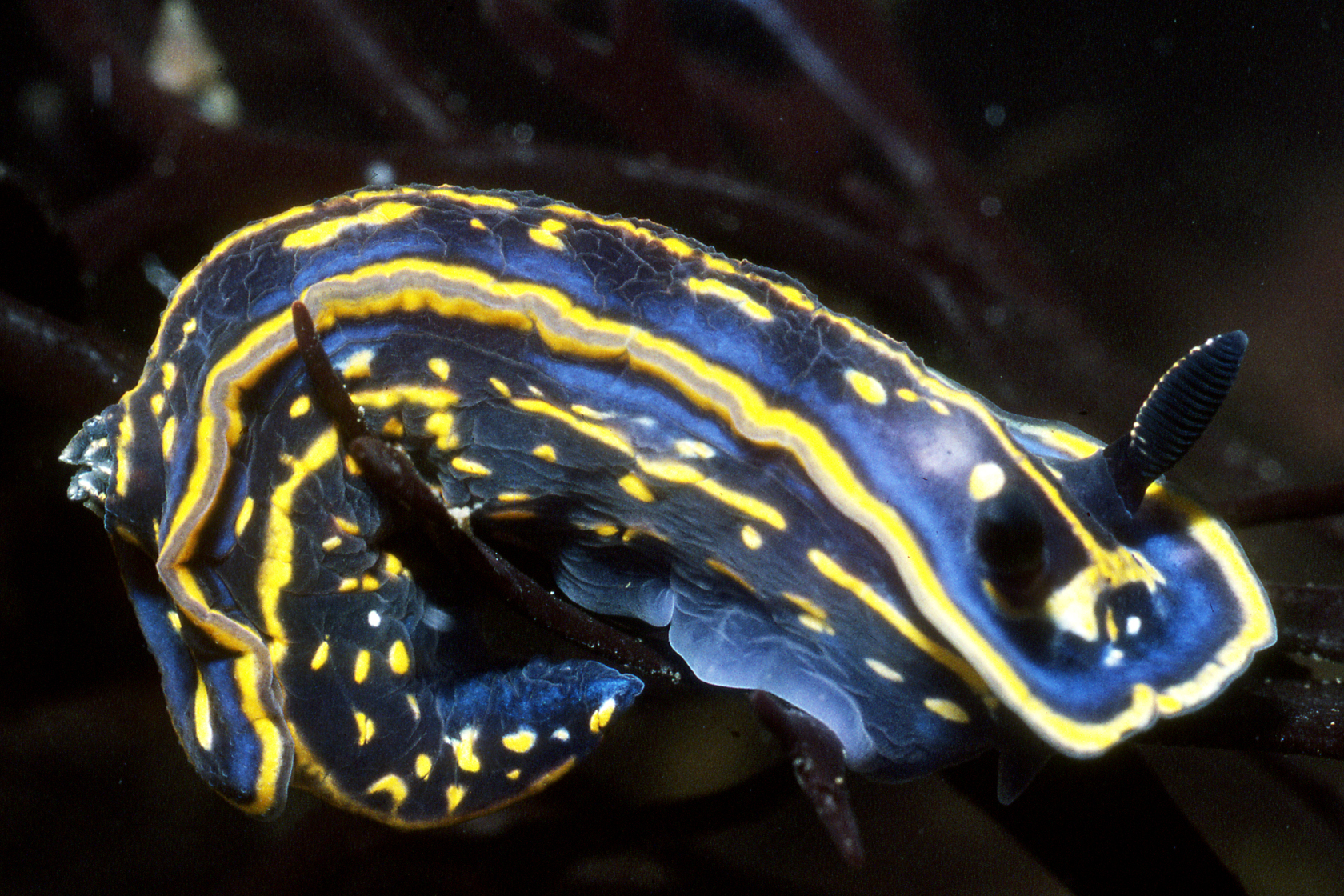

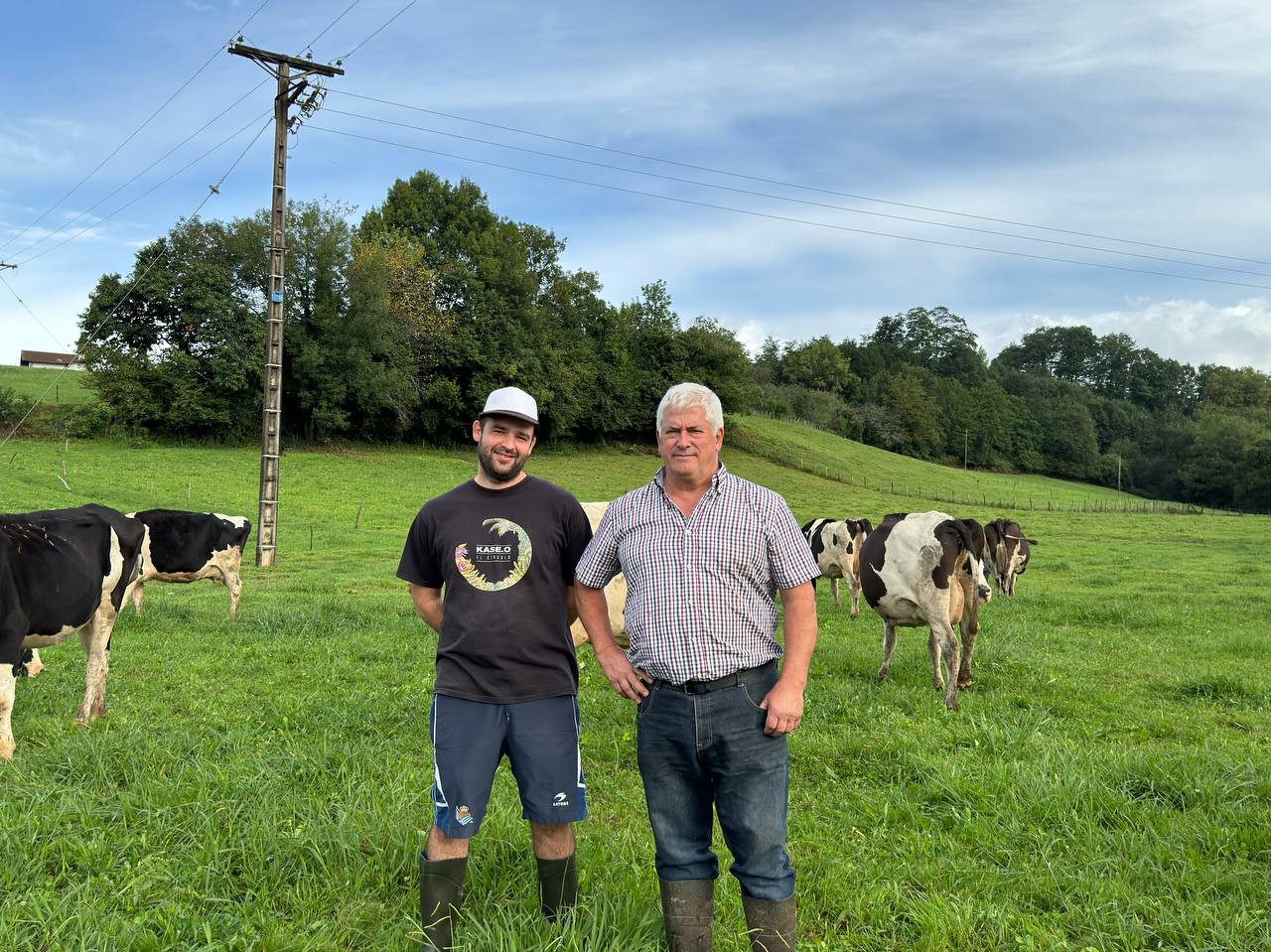
-(1).jpg)

